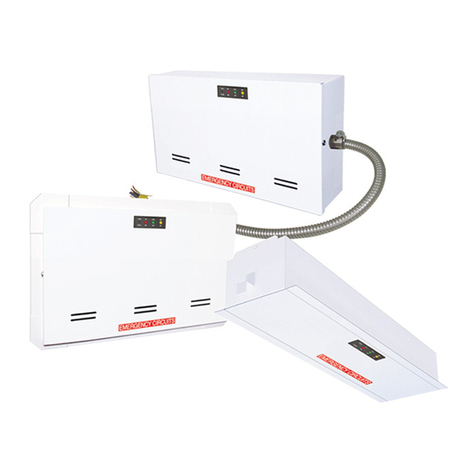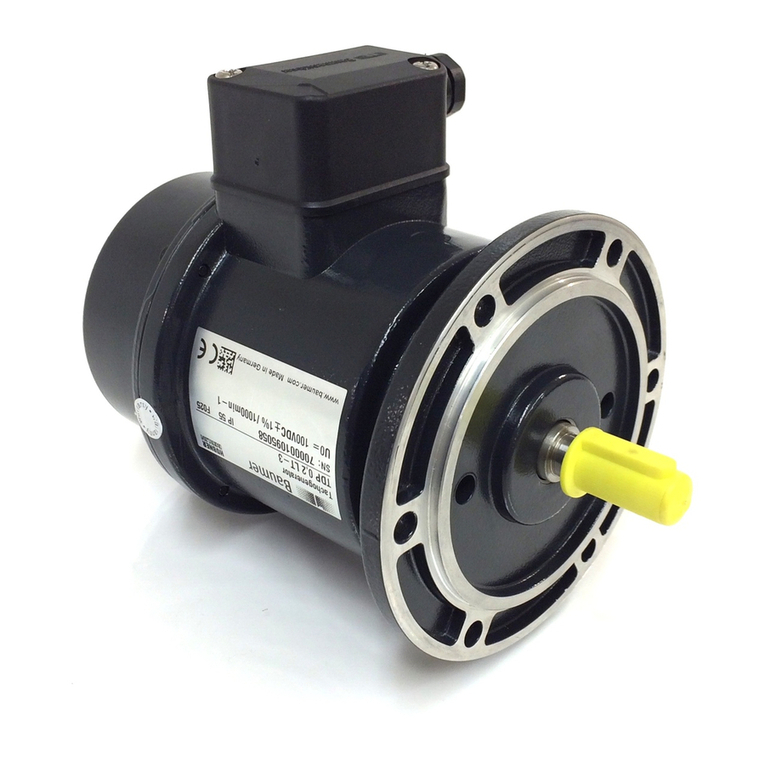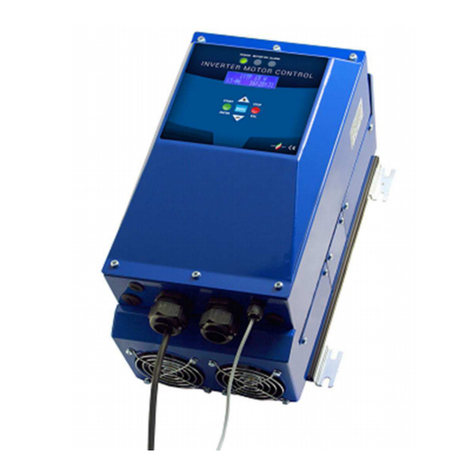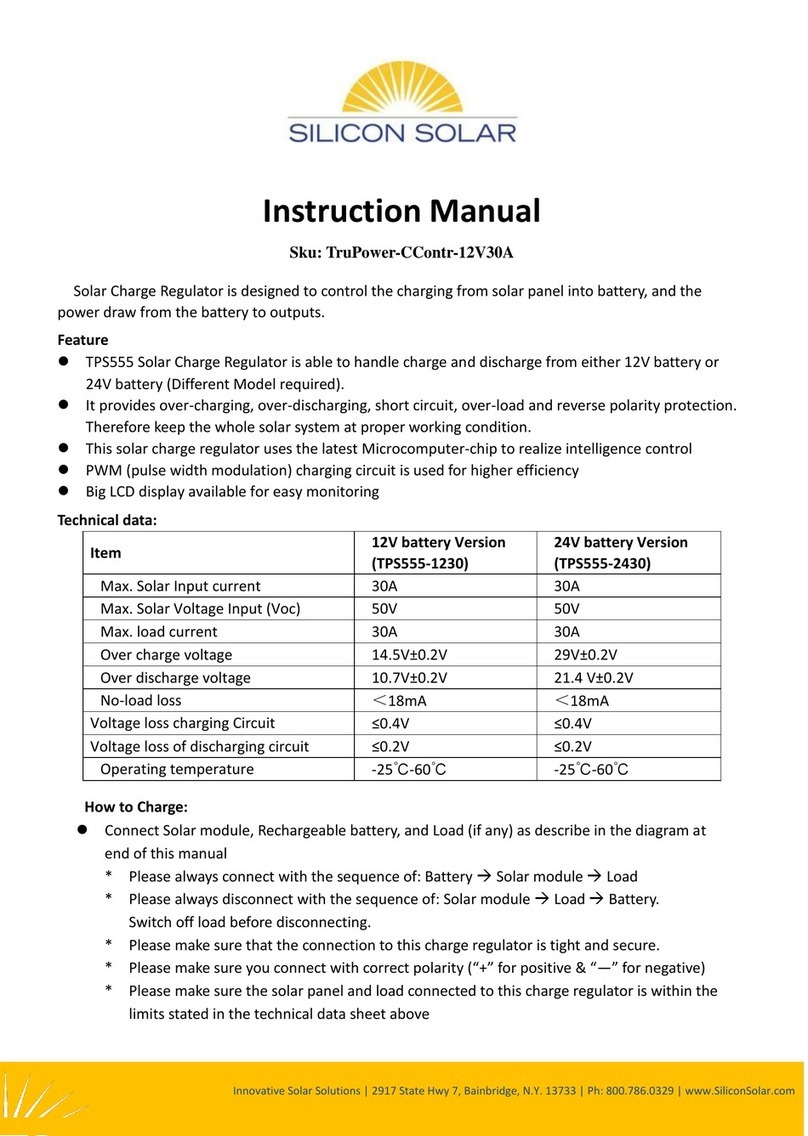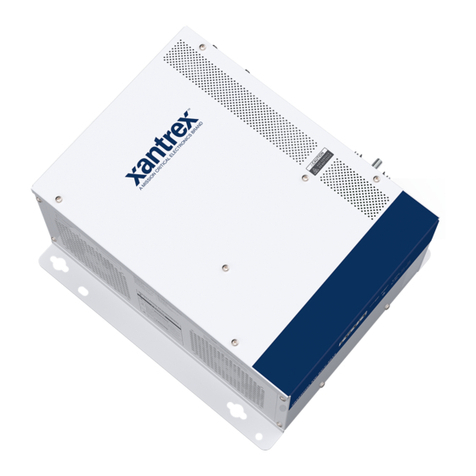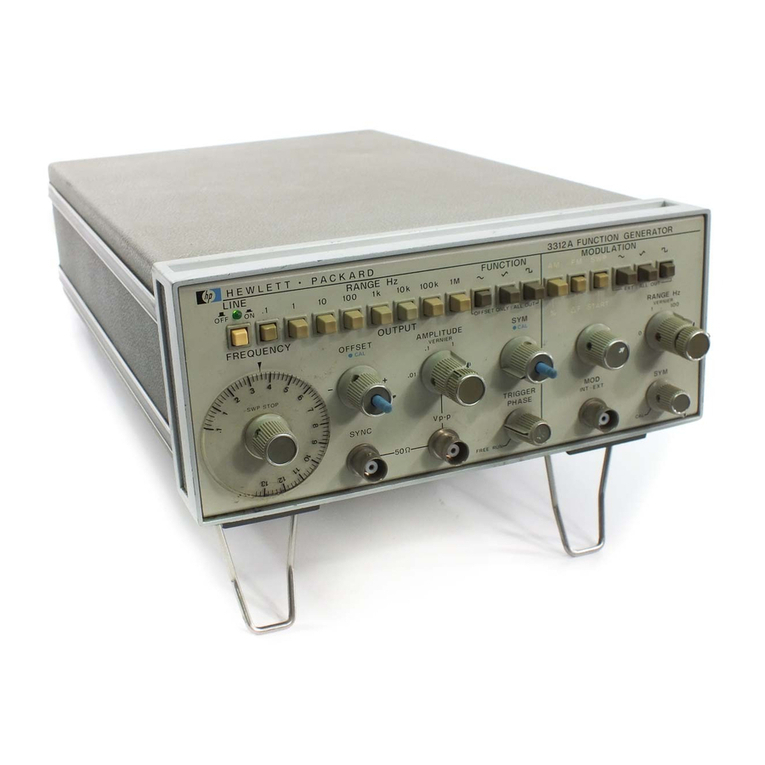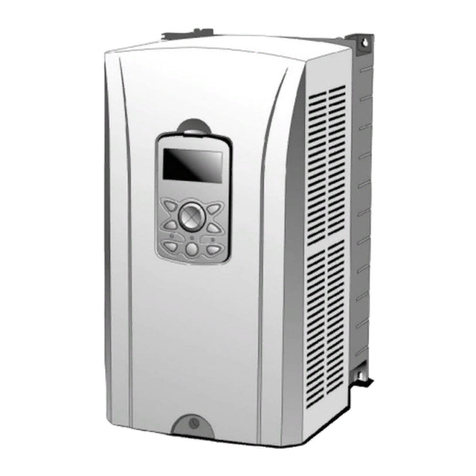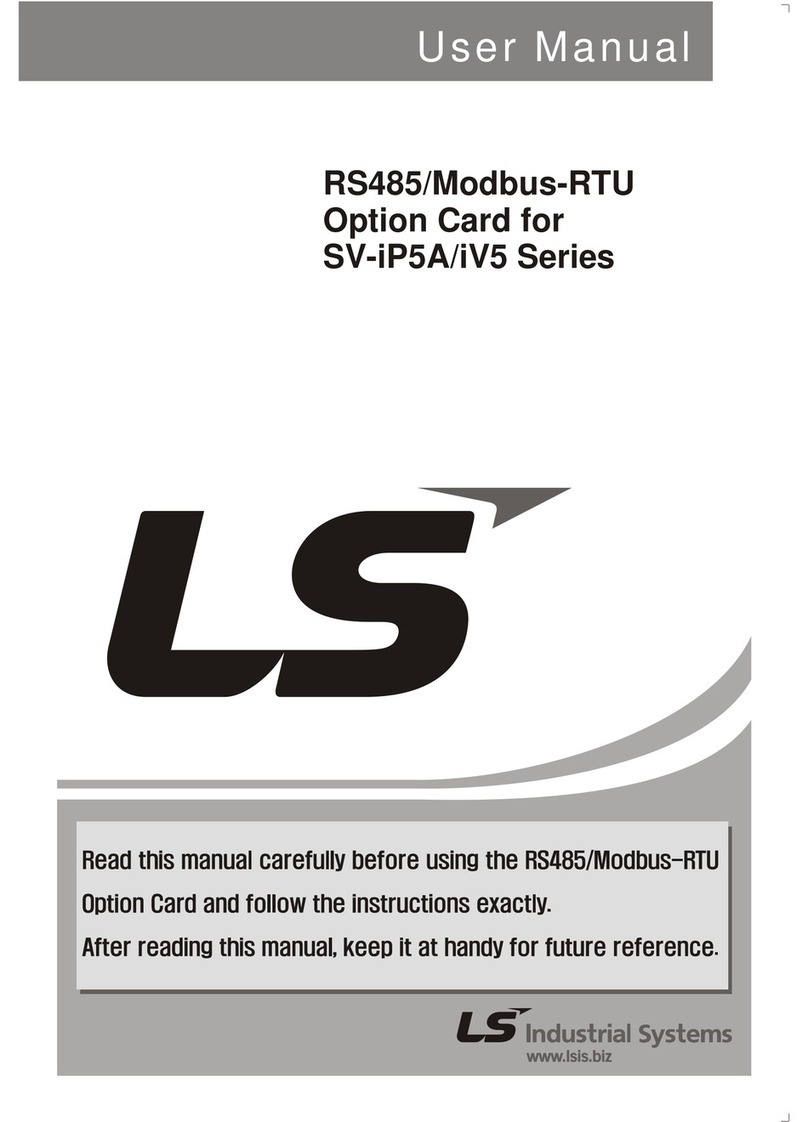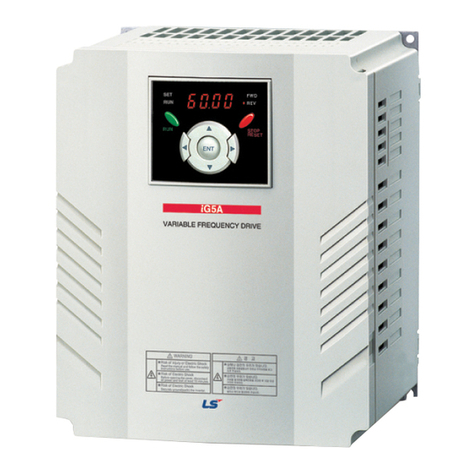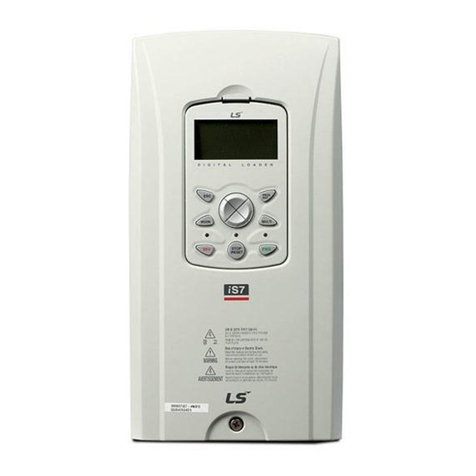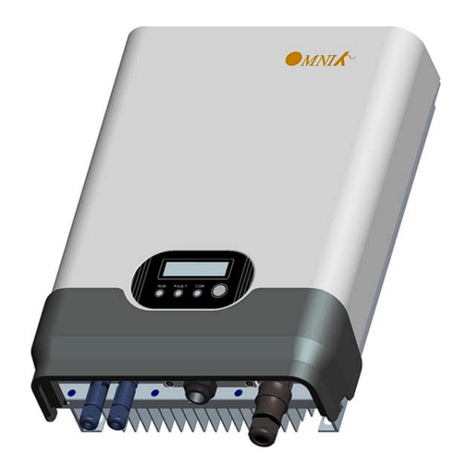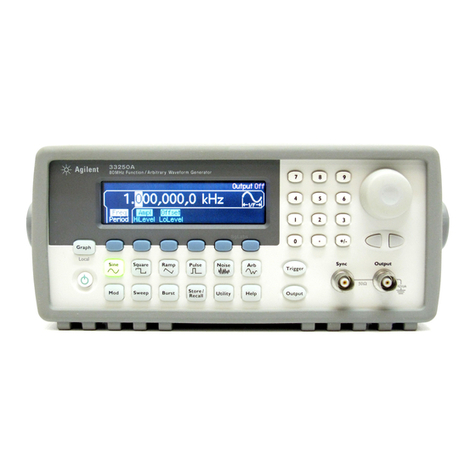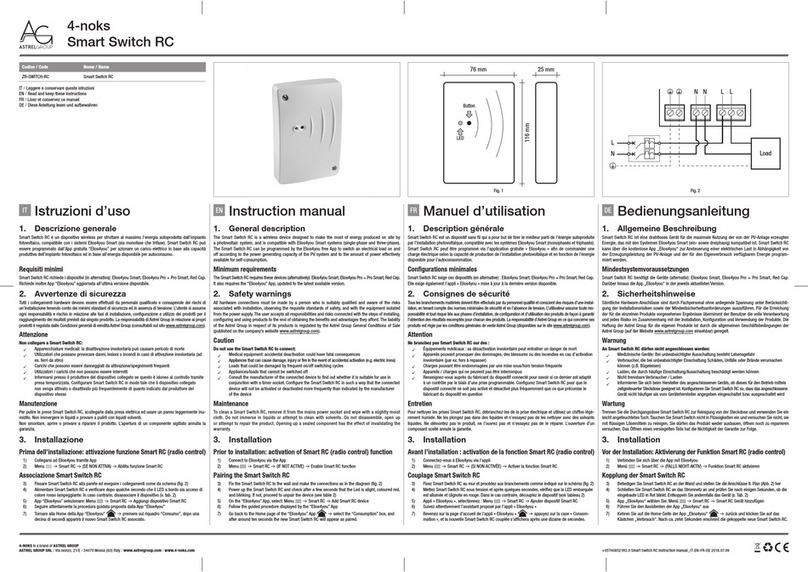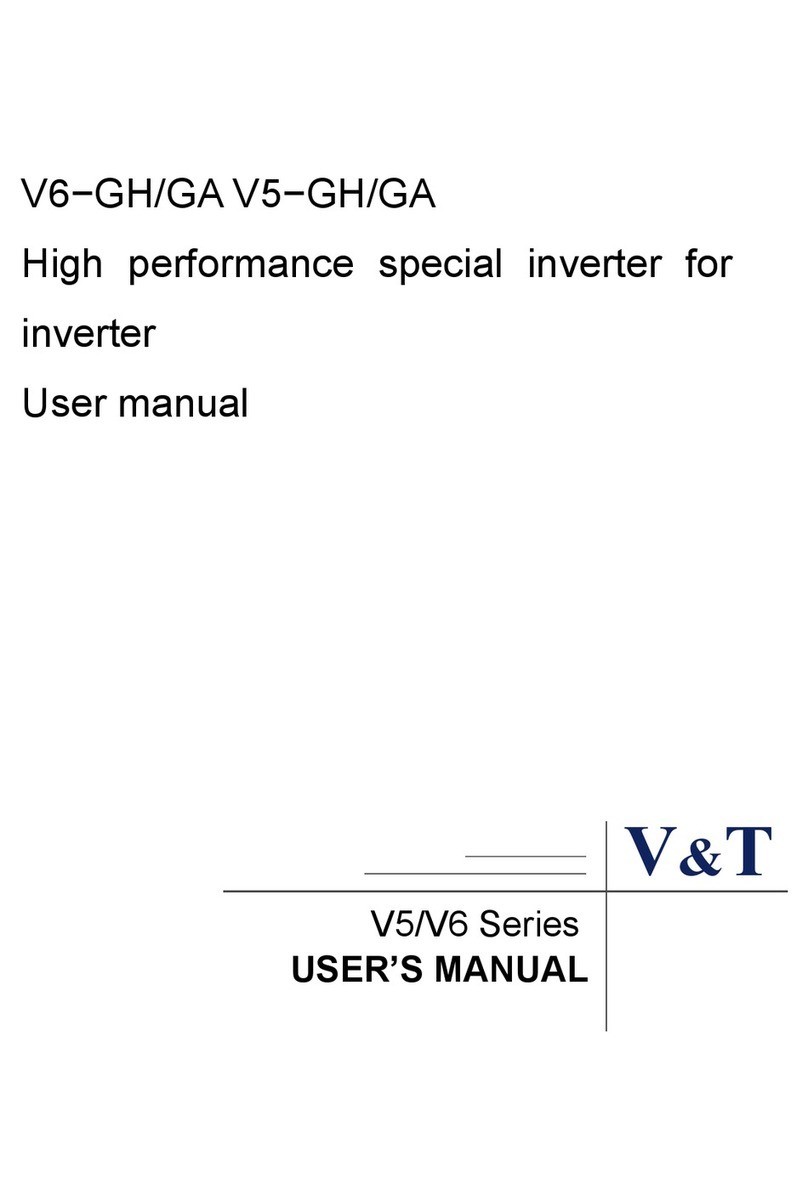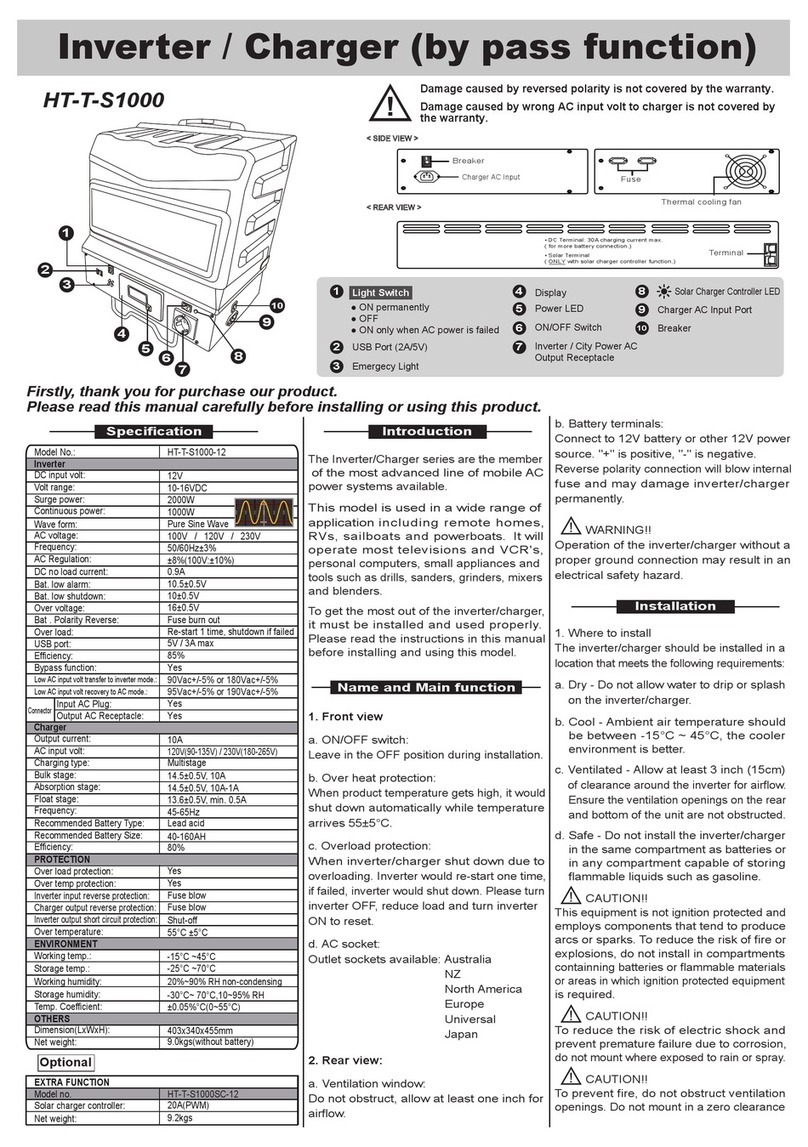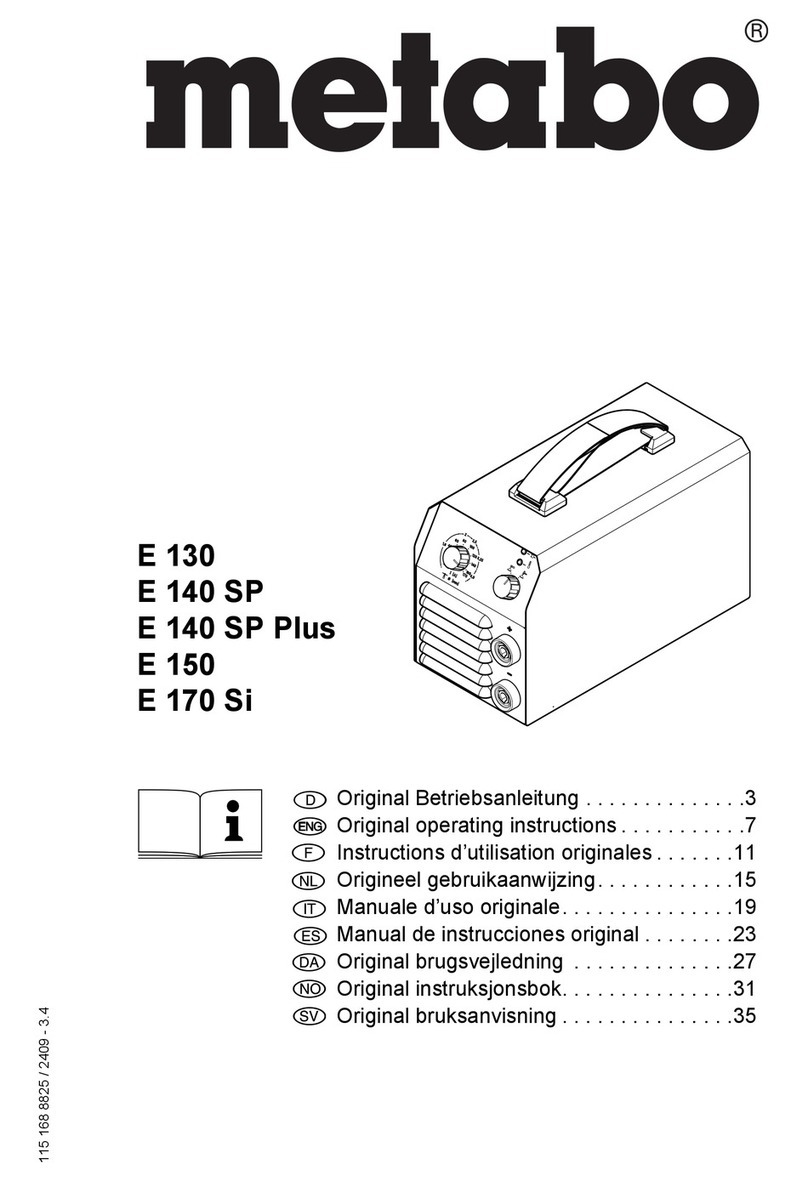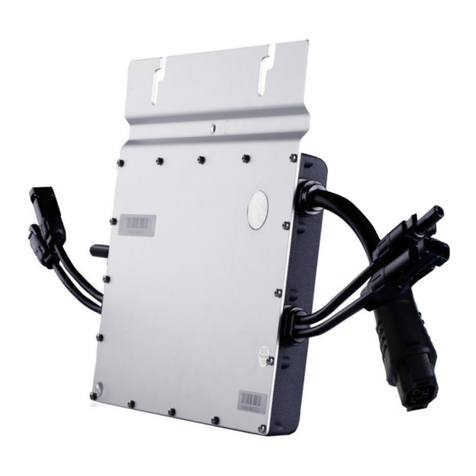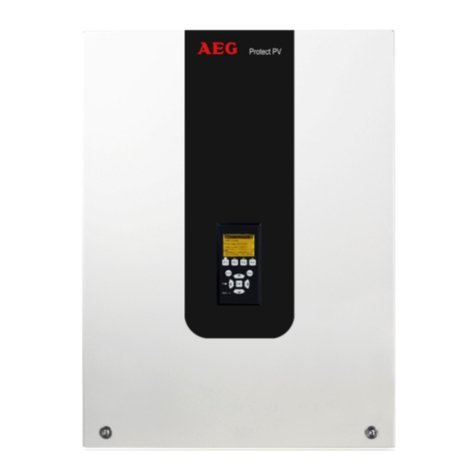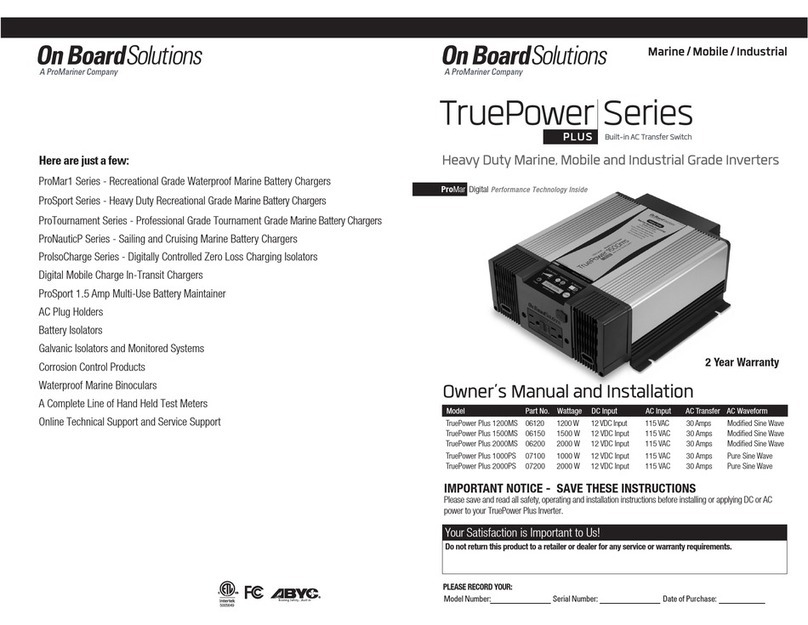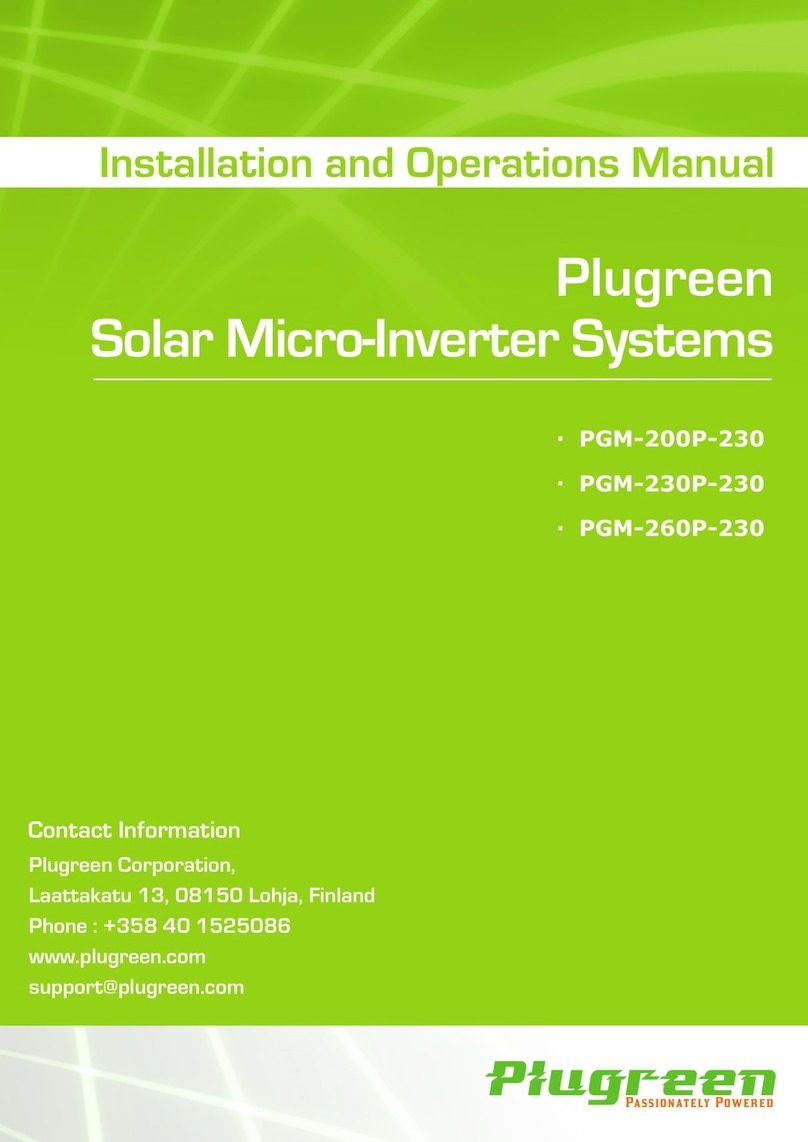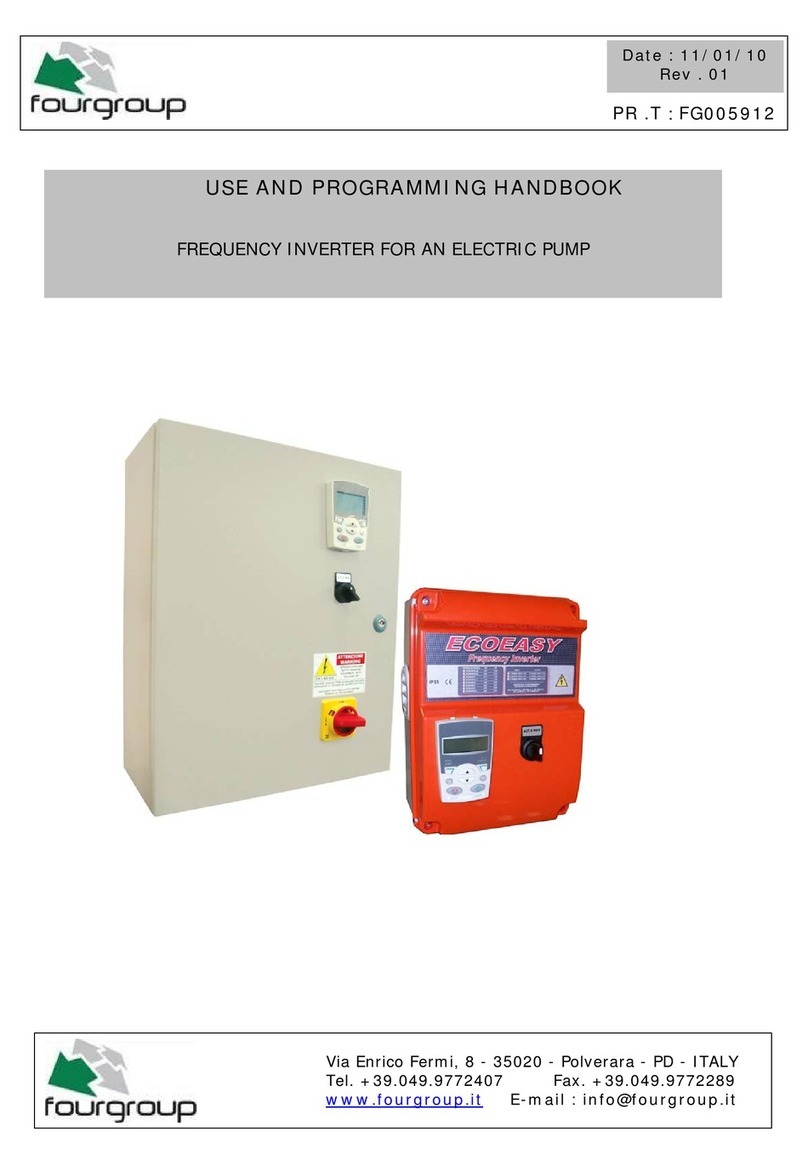
vi
6.2.2 Multi-function Input Terminal ------------------------------------------------------------------
6-5
1) I/O_01 ~ 07(Multi-function input terminal P1 ~ P7 define) ------------------------------
6-5
2) I/O_08(Reversal of Multi-function input terminal) ----------------------------------------
6-16
3) I/O_09(Low Pass Filter Time Constant for the Terminals) ---------------------------------
6-16
4) I/O_10Inversion of Multi-function aux contact output ------------------------------------
6-17
6.2.3 Multi-function analog input --------------------------------------------------------------------
6-17
1) I/O_11 ~ 25
(Definition of Multi-function analog input terminal, Gain, Bias, LPF time constant) -------
6-17
2) Adjusting Gain and Bias by Keypad -----------------------------------------------------------
6-19
6.2.4 Multi Function Outputs (MFO) ------------------------------------------------------------------
6-20
1) I/O_41 ~ 43
(Multi-function aux contact output (AX1 ~ AX2) and Open collector (OC1) output setting)
6-20
2) I/O_46(Fault Output Relay (30A, 30B, 30C)) ---------------------------------------------
6-25
3) I/O_59 ~ 61(Overload trip enable, level, time) ------------------------------------------
6-25
6.2.5 Analog output -----------------------------------------------------------------------------------
6-25
6.3 Parameter group (PAR_[][]) -----------------------------------------------------------------------
6-27
6.3.1 Jump code (PAR_00) ---------------------------------------------------------------------------
6-27
6.3.2 Parameter group function ---------------------------------------------------------------------
6-27
1) PAR_01(Parameter initialize) ----------------------------------------------------------------
6-27
2) PAR_02 ~ 03(All Parameter Read/Write) --------------------------------------------------
6-27
3) PAR_04(Parameter Lock) --------------------------------------------------------------------
6-28
4) PAR_05(Password) ----------------------------------------------------------------------------
6-28
6.3.3 Motor parameters setting ----------------------------------------------------------------------
6-29
1) PAR_07(Motor rating setting), PAR_08(Motor cap. Selection of user) ----------------
6-29
2) PAR_08(Motor cap. Selection of User) ------------------------------------------------------
6-29
3) PAR_09(Motor Cooling method) ------------------------------------------------------------
6-29
4) PAR_10 ~ 13(pulse number of Encoder, direction, Error detection, LPF) ---------------
6-29
6.3.4 Encoder S/W error detection(PAR_14, PAR_15:Encoder error detection time, encoder
error reference speed) ------------------------------------------------------------------------
6-30
6.3.5 Auto-tuning --------------------------------------------------------------------------------------
6-32
1) Motor and Encoder parameters setting for Auto-tuning --------------------------------
6-32
2) PAR_35 (Repetition numbers for magnetic flux detection) -----------------------------
6-33
3) PAR_36 (Magnetic flux detection voltage) --------------------------------------------------
6-33
4) PAR_37 (Magnetic flux detection current) --------------------------------------------------
6-33
5) PAR_38 (Speed deviation detection level) ------------------------------------------------
6-33
6) PAR_39 (Speed deviation detection time) --------------------------------------------------
6-33
7) PAR_40 (Trip Selection Bit) 6-33
8) PAR_41 (Operation command accumulated value for repetition of magnetic flux
estimation) ---------------------------------------------------------------------------------------
6-34
6.4 Function group (FUN_[][]) -------------------------------------------------------------------------
6-35
6.4.1 Jump code (FUN_00) ---------------------------------------------------------------------------
6-35
6.4.2 Operating method select ----------------------------------------------------------------------
6-35
1) FUN_01(RUN/STOP source select) -------------------------------------------------------- 6-35
2) FUN_02(Speed setting method) ------------------------------------------------------------
6-36
3) FUN_03(Stop method) -----------------------------------------------------------------------
6-36
6.4.3 FUN_04(Motor Max Speed Reference) ------------------------------------------------------
6-36
6.4.4 Multi-step speed and Dwell Speed setting methods -------------------------------------- 6-36
1) FUN_12 ~ 19(Multi-step speed 0 ~ 7) ----------------------------------------------------
6-36
2) FUN_20(JOG speed command) ------------------------------------------------------------ 6-36
3) FUN_21 ~ FUN_22(Dwell Speed, Time) ---------------------------------------------------
6-37
6.4.5 Accel/Decel pattern and time selection ------------------------------------------------------
6-38
1) FUN_33(Accel/Decel reference speed) ----------------------------------------------------
6-38
2) FUN_40 ~ 47(Accel/Decel time 1 ~ 4) ----------------------------------------------------
6-38
3) FUN_36 ~ 39(S curve ratio during Accel/Decel 1 ~ 2) ----------------------------------
6-39
4) FUN_48(Deceleration time for zero speed selection) ------------------------------------
6-41
5) FUN_49(Zero speed deceleration time) ---------------------------------------------------
6-41
6) FUN_51(Decel time when BX is ON) -------------------------------------------------------
6-41
7) FUN_52(Pre-excitation) ----------------------------------------------------------------------
6-41
8) FUN_53(Hold Time) --------------------------------------------------------------------------
6-42
6.4.6 Electronic Thermal (Motor
2) Selection ------------------------------------------------ 6-43
6.4.7 Inverter switching frequency select ----------------------------------------------------------
6-44
1) FUN_57(Inverter switching frequency select) --------------------------------------------
6-44
